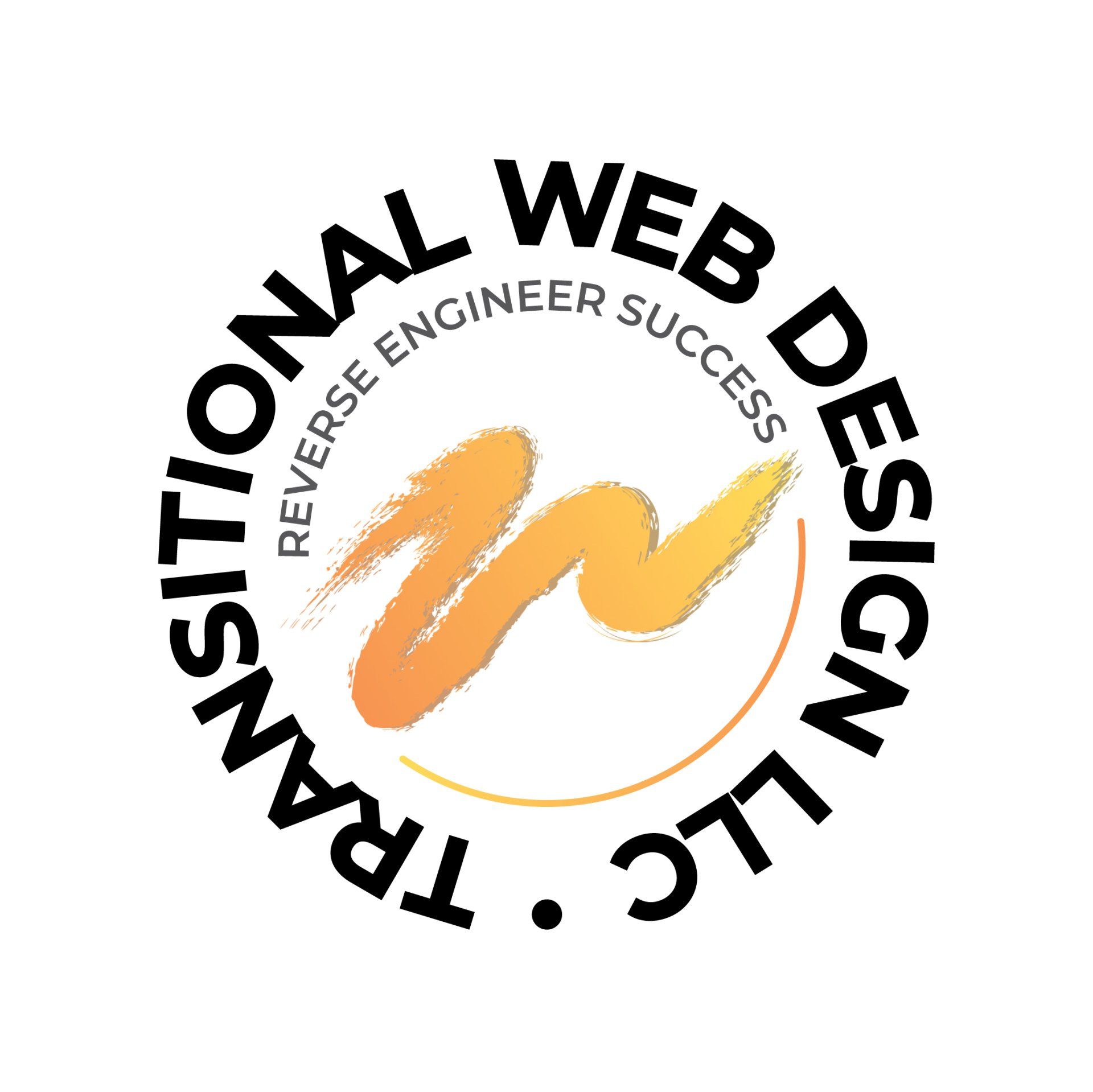Link up with us on social media
Why do you need white space in your web design?
To be successful in today’s market, you need a website that leaves your customers with good impressions. It can’t just be an ordinary site or ad; it needs to use design elements correctly for maximum impact and clarity of message, so they understand what the company does without any confusion at all!
 Whether small-mid sized business owners are
looking to create designs that will raise brand awareness among consumers, marketing expert seeking out new ways to improve his clients’ success rates – every creative professional wants their work on this earth but doesn’t know where to start when faced by such daunting difficulties as designing effective web sites & advertisements which leave significant first impressions
Whether small-mid sized business owners are
looking to create designs that will raise brand awareness among consumers, marketing expert seeking out new ways to improve his clients’ success rates – every creative professional wants their work on this earth but doesn’t know where to start when faced by such daunting difficulties as designing effective web sites & advertisements which leave significant first impressions
There’s a lot of talks these days about creating content for the web. But how do you make sure your site has enough white space, regardless of what type of project it is? To help answer this question, we’re going over precisely what “white-space” means and why designers need plenty on each page (including margin gaps). We’ll also get some handy tips from famous architects such as Le Corbusier, who had strong opinions regarding their use in design projects like buildings – even those involving only two pages!
1)What is white space?
White room, or negative area, is the negative space surrounding style elements (like margins), and the area between visuals has been called “white room.” However, don’t be fooled by its name; this zone can have any color or background picture to create balance when designing.
The Interaction Design Foundation says that white space is “like the canvas; it’s what holds everything together inside of a design.” In other words, when you have an area on your page or screen with no content, this can serve as an empty room for whatever else may be placed within. It provides opportunities to stand out through colorfully designed visuals while also leaving areas available so these elements don’t overwhelm users’ senses like typical advertising would do.
2)Why is white space necessary in your design?
The importance of white space in design cannot be underestimated. A well-thought-out layout that includes ample amounts and varying font sizes will have more appeal to the viewer, as it makes them feel calm yet is not overwhelming or distracting from information contained within a page’s content.

- This calms the viewer plus doesn’t overwhelm them.
- It lets information and design breathe.
- It balances style elements and adds bodyweight to the text.
- It contributes to less work for the particular user’s eyes (and mind).
- It maintains the ad or web page from looking too occupied.
- It makes a much better impression with a clean style.
Some individuals think white space is wasted space that could house other design components or more information. But white space increases users’ experience by helping them feel more at ease because they view your marketing components.
It seems to bother people to depart parts of a design ’empty’ because they think they need to state everything at once so their customers will get the full image. Yet people see 5,000 to 10,000 advertising messages every day and get information overload — which often happens once you don’t use much (or any) white space.
It’s challenging to create a design with sufficient white space and stability when working with lots of web copy. Instead, it’s that overwhelming feeling (too much text happening in a small area) that can cause a viewer to check out instead of ongoing to read or scroll for more information about your business.
But by keeping your design simple with lots of white space, you’re assisting users to remain calm plus “breathe” with easy-to-read textual content and visual elements that will not overwhelm them. In addition, decluttering the design and info, you’re visually presenting to customers will help the important stuff stand out.
3) Consider how white space assists the viewer?
Incorporating white space into the graphic design with assist your visuals be more clear and concise, express your brand’s character, and grab (and keep) the viewer’s attention.
You’ll wish your piece to be because legible as possible, no matter what (or how much) content you have included in the ad or web page. It will help to think about the white area when choosing typography (or written text) for the piece. For example, what typeface color would be easiest to see? How far apart should the words, sentences, or paragraphs end up being spaced to improve readability for your customer?
White-colored space will not only help with legibility but also brand name awareness and expression. For example, large amounts of the white room may evoke minimalism and luxury, as you’ll discover with brands like Apple, IKEA, or Mercedez-Benz. On the other hand, much less white space could be appropriate for a more informative firm like The New York Times. The quantity of white space you choose may therefore express something regarding your brand. This notion can lead to higher brand name recognition and recall whenever you’re designing with a constant amount of white space.
Finally, using white space in design may improve the viewer’s focus by focusing on a specific part of the ad or even the website. For example, you can encircle another design element (such as a photo) with harmful space to draw the particular viewer’s eye to that photograph.
4) How much white space should I add?
The amount of undesirable space your design requirements truly depends on your brand name, the emotions or understanding you’re trying to evoke, as well as your messaging needs. It’s all about how well you can balance the ratio of text to space.
If a design is cluttered, it will be harder for readers to find the information they need. When you use sufficient white space, your style can breathe, and your data can be absorbed more quickly.
When your style is legible and thoroughly clean, the information you’re trying to reveal comes across quickly, and you have a nice balance among visual elements, that’s if you know you’ve effectively utilized white space in style.
5) How can a designer help me along with using white space properly?
The best web designer will take your feedback and choices into account while also keeping fast to proven style principles and your brand’s strategy.
This can be a quick fix, as the particular layout of the design is undoubtedly formatted well. For example, that could indicate using visuals cohesively with all the content or having a correct text hierarchy to simplify people’s reading and determining what matters.
Is there enough room to visually present all your essential information in a balanced method — for example, would the trifold or a small guide be better for your needs and potential audience? This can require more back-and-forth with all the designers, but they are trying to ensure your brand’s messages and visuals come across obviously and effectively.
I always try to style something balanced and purposeful for a client with all the info they have provided, but occasionally we have to explain why one more photo or content won’t work. Ultimately, we want to give their customers a great experience.
Using white space in design can help you draw visual elements with each other, keep a viewer’s interest without overwhelming them, create a better impression for your brand name, and more.
White space in your web design is your buddy!
Don’t be afraid to use this and use it often.
Incorporating the right amount of white space — and other visible and marketing elements — in your designs isn’t often easy. A graphic design professional can help you make something beautiful that gets your brand’s messages across clearly and efficiently.
Our proven marketing and advertising protocol help companies earn more money, free up time, and create an effective strategy.
Transitional web design is a company in Atlanta, GA, centered on small businesses. We specialize in tactical marketing and advertising, graphic design, website design, social media, SEO, and more. To learn more, visit our website and connect with us on Twitter, Facebook, Linked In, and Instagram.

Darren Chambers
Digital Marketing/ Web Development Specialist
TWD of Atlanta, GA
Post Published on:











